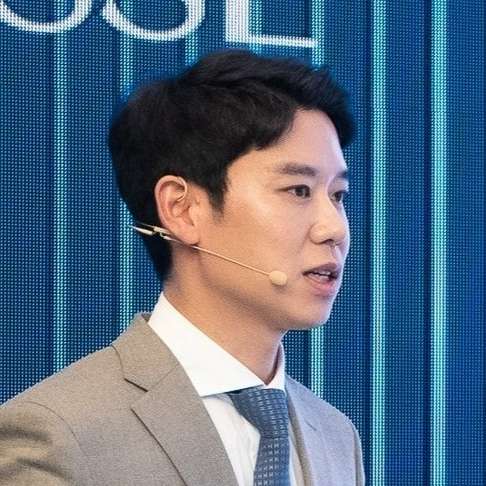VOLTAR
IMCAS World Congress 2024
IMCAS World Congress 2024
Programa
Adaptar ao meu fuso-horário a agenda da aula/congresso transmitida ao vivo
Fuso-horário de referência: (UTC+02:00) Europe, Paris
201
New tech
Sala: Room 242 - Level 2
Data: sábado 3 fevereiro 2024 de 08:30 às 10:00
Formato: NOVAS TECNOLOGIAS > apresentações sobre um produto ou dispositivo que foi comercializado e está no mercado há menos de 18 meses ou em fase de desenvolvimento e ainda não comercializado
Data: sábado 3 fevereiro 2024 de 08:30 às 10:00
Formato: NOVAS TECNOLOGIAS > apresentações sobre um produto ou dispositivo que foi comercializado e está no mercado há menos de 18 meses ou em fase de desenvolvimento e ainda não comercializado
Apresentações desta sessão
| Horas | Palestrantes | Título da apresentação | Resumo | Número |
| 08:30 | NOVAVISION - DAFNE - Regenerative technology for vulvo-vaginal and pelvic floor muscle treatments | 136315 | ||
| 08:42 | HIRONIC CO - New Doublo 2.0, focused ultrasound stimulator system - Ultimate skin rejuvenation with the new MFU Dotting and RF Synergy technology | 132409 | ||
| 08:54 | NOVAVISION - MSHAPE - Let your muscle shape you | 132408 | ||
| 09:06 | N FINDERS CO LTD - SONOFINDER - Understanding of facial anatomy for safe and effective PDO thread lifting using ultrasonography-guided procedure | Visualizar | 132410 | |
| 09:18 | A phase I study to evaluate the safety and efficacy of subcutaneous injection of STP705 in adult subjects | 136476 | ||
| 09:30 | SNJ - Fractional CO2 Laser System, Finexel - Explore the science and diverse applications of CO2 laser in aesthetic medicine. Discover its benefits for wrinkle reduction, scar revision and skin tightening | 132412 | ||
| 09:42 | SYLTON - Observ Hand extension kit -Going beyond the face - Smart technology to capture the neck, décolleté and hands | 132411 | ||
| 09:54 | Discussion and Q&A | 132413 | ||










